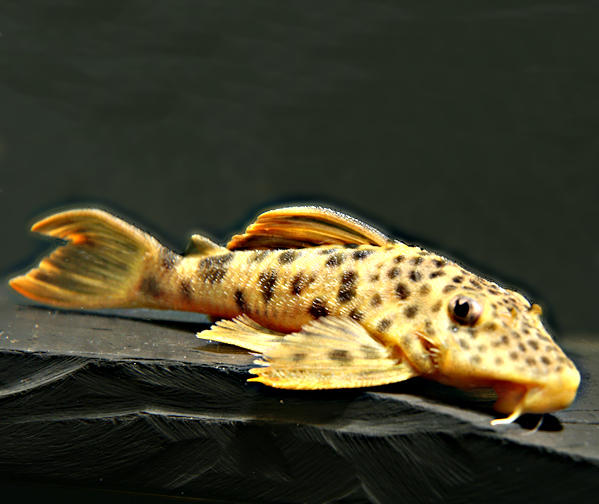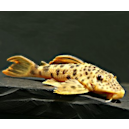Hello catfish freaks,
… today I want to introduce you in three articles from the issue of "aquaristik – Aktuelle Süßwasserpraxis 1/2015":
Kai A. Quante "Im Sand versteckt" („Hidden in the sand”)
Kai reported about mouthbrooding Pseudohemiodon lamina. He writes about animal husbandry, socialization and breeding of this species.
As these catfish dig in the usual manner, sand must be used in the aquarium. As he writes, in sand these catfishes left completely on their camouflage and cannot be disturbed by anything. This excludes many ground-based fish for socialization because they can hurt the back of Pseudohemiodon. Kai recommends a small group of Corydoras or Macrobrachium.
Since the propagation males take the spawn in the lips therefore they cannot dig in this time. Order to not to jeopardize brood care, disturbances should be avoided.
Angel Canovas & Marc Puigcerver "Fische im Schwarzwasser" („Fishes in black water“)
Anyone who thinks in case of black water not on the Rio Negro in Brazil? The authors present typical fishes from the Rio Negro for the aquarium. It is among other things Ancistrus cf. hoplogenys. As they say, these plecos are offered almost always under the incorrect designation Ancistrus dolichopterus (L183). They assume that these plecos can reach an age of up to 15 years in the aquarium. (Maybe a little bit?)
Ingo Seidel "Für Sie entdeckt – Neues im Aquarium" („Discovered for you – new in the aquarium”)
Ingo reported on the imports of the company aqua-global. For catfish friends are in particular Hypostomus/Cochliodon sp. "L167" and Corydoras ourastigma.
Hypostomus/Cochliodon sp. “L167” comes from the Rio Demini in Brazil. It should be up to 30 cm long.
Corydoras ourastigma is similar to Corydoras caudimaculatus and Corydoras similis with his tail spot. With 7 to 8 cm, this species is relatively large for the Corydoras.
The current imports are most likely from the Madeira River and its tributaries.
Enjoy reading of aquaristik – Aktuelle Süßwasserpraxis

